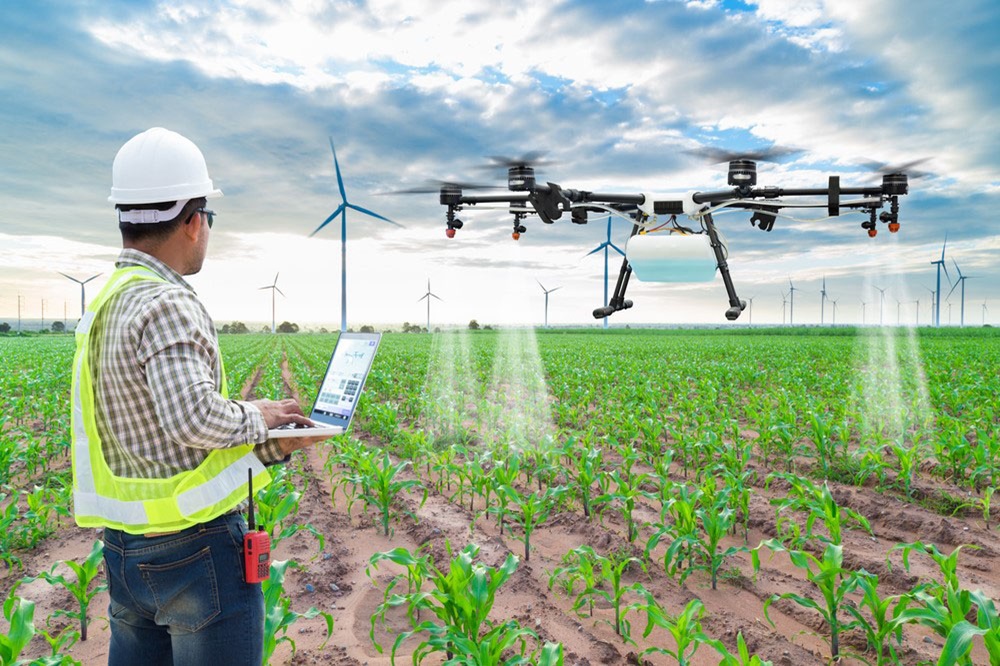Farmer cooperatives have been pivotal in shaping the agricultural industry, fostering partnerships that empower farmers, strengthen communities, and drive innovation. From their humble beginnings as informal alliances to their current role as global economic powerhouses, farmer cooperatives represent a timeless model of collective strength and mutual benefit.
This article delves into the history of farmer cooperatives, their evolution, and their transformative impact on modern farming. With insights into their global influence and potential future, this comprehensive exploration highlights the enduring importance of cooperatives in the agriculture industry.
What Are Farmer Cooperatives?
Farmer cooperatives are member-owned organizations that enable farmers to pool resources, share risks, and achieve common goals. They focus on areas such as:
- Production: Sharing machinery, labor, or land resources.
- Marketing: Aggregating products to negotiate better prices.
- Supply: Securing bulk discounts on inputs like seeds and fertilizers.
- Finance: Offering credit and insurance to members.
By working together, farmers gain access to markets, technologies, and resources that might otherwise be inaccessible to them as individuals.
The Origins of Farmer Cooperatives
The concept of farmer cooperatives dates back centuries, rooted in the principles of mutual aid and community support.
Early Examples
- Medieval Europe: Peasant communities practiced shared farming and collective land management.
- The Rochdale Society of Equitable Pioneers (1844): Though not specifically agricultural, this UK-based cooperative inspired the principles of shared ownership and democratic governance that underpin modern farmer cooperatives.
Emergence in Agriculture
The Industrial Revolution disrupted traditional farming practices, leading to economic pressures that made cooperation essential. In the 19th century, formal agricultural cooperatives began to emerge:
- Denmark (1880s): Pioneered dairy cooperatives to improve milk quality and expand export markets.
- United States (1867): The Grange Movement advocated for cooperative purchasing and marketing to protect farmers from monopolistic middlemen.
Evolution and Global Expansion
The Early 20th Century: Consolidation and Growth
The early 1900s saw cooperatives become formalized entities with significant economic influence. Governments and international organizations supported cooperatives as a means of stabilizing food systems and reducing rural poverty.
Key Developments:
- Rural Electrification: Cooperatives brought electricity to remote farming communities in the U.S. and Europe.
- Land Reforms: In post-colonial nations, cooperatives became a tool for redistributing land and resources.
The Mid-20th Century: Mechanization and Modernization
As agriculture became increasingly industrialized, cooperatives played a critical role in ensuring small and medium-sized farms could compete.
- Marketing Boards: Cooperative structures helped farmers aggregate products like grains, coffee, and cocoa for export.
- Research and Development: Cooperatives invested in agricultural research, bringing innovations like high-yield crop varieties to their members.
The Late 20th Century: Globalization
The rise of global trade presented both opportunities and challenges. Cooperatives adapted by expanding their reach and adopting professional management structures.
- Fair Trade Movement: Cooperatives in developing countries gained access to ethical markets through certification schemes.
- Diversification: Many cooperatives moved beyond traditional farming to include agro-processing, value-added products, and retail operations.
The Impact of Farmer Cooperatives
1. Economic Empowerment
By pooling resources, cooperatives enable farmers to reduce costs, improve productivity, and access better prices.
Example: In India, Amul Dairy Cooperative transformed the livelihoods of millions of dairy farmers by creating a robust supply chain and global brand.
2. Risk Mitigation
Cooperatives help farmers navigate risks such as price volatility, climate change, and market access challenges.
Example: In Africa, farmer cooperatives provide crop insurance and disaster recovery assistance, protecting members from climate-induced losses.
3. Advocacy and Representation
Cooperatives amplify the collective voice of farmers, influencing policies and securing subsidies or protections.
Example: The European Union’s Common Agricultural Policy (CAP) has been shaped in part by lobbying efforts from farmer cooperatives.
4. Community Development
Cooperatives invest in local infrastructure, education, and healthcare, fostering rural development.
Example: In Japan, agricultural cooperatives operate banks, schools, and hospitals, integrating themselves into the social fabric of rural communities.
Challenges and Criticisms
Despite their many benefits, farmer cooperatives face challenges that can limit their effectiveness:
1. Governance Issues
Democratic decision-making can lead to inefficiencies, especially in large cooperatives.
Solution: Implementing professional management and clear governance structures.
2. Access to Capital
Many cooperatives struggle to secure financing for expansion or modernization.
Solution: Developing partnerships with financial institutions and leveraging government support.
3. Global Competition
Small cooperatives may find it difficult to compete in globalized markets dominated by large agribusinesses.
Solution: Forming alliances or federations to achieve scale and bargaining power.
The Future of Farmer Cooperatives
1. Technology Integration
Digital tools are transforming how cooperatives operate, from blockchain for supply chain transparency to AI for predictive analytics.
Example: E-commerce platforms allow cooperatives to sell directly to consumers, bypassing traditional intermediaries.
2. Climate-Smart Agriculture
Cooperatives are at the forefront of adopting practices that reduce carbon footprints and enhance resilience.
Example: Agroforestry cooperatives in Latin America are combining crop production with tree planting to combat deforestation and sequester carbon.
3. Youth and Women Inclusion
Attracting young farmers and empowering women are critical for the sustainability of cooperatives.
Example: Programs that provide training and leadership opportunities for underrepresented groups are gaining traction globally.
4. Global Partnerships
Collaborations with international organizations, NGOs, and private companies are expanding the reach and resources of farmer cooperatives.
Example: Partnerships with tech firms are helping cooperatives adopt precision agriculture solutions.
Conclusion
The history of farmer cooperatives is a testament to the power of collaboration and shared purpose. From their early days as grassroots movements to their current role as global economic players, cooperatives have consistently empowered farmers, strengthened communities, and driven agricultural innovation.
In a world facing challenges like climate change, food insecurity, and rural poverty, farmer cooperatives remain a vital force for progress. By continuing to evolve and embrace new opportunities, they will shape the future of farming, ensuring that agriculture remains sustainable, equitable, and resilient for generations to come.



